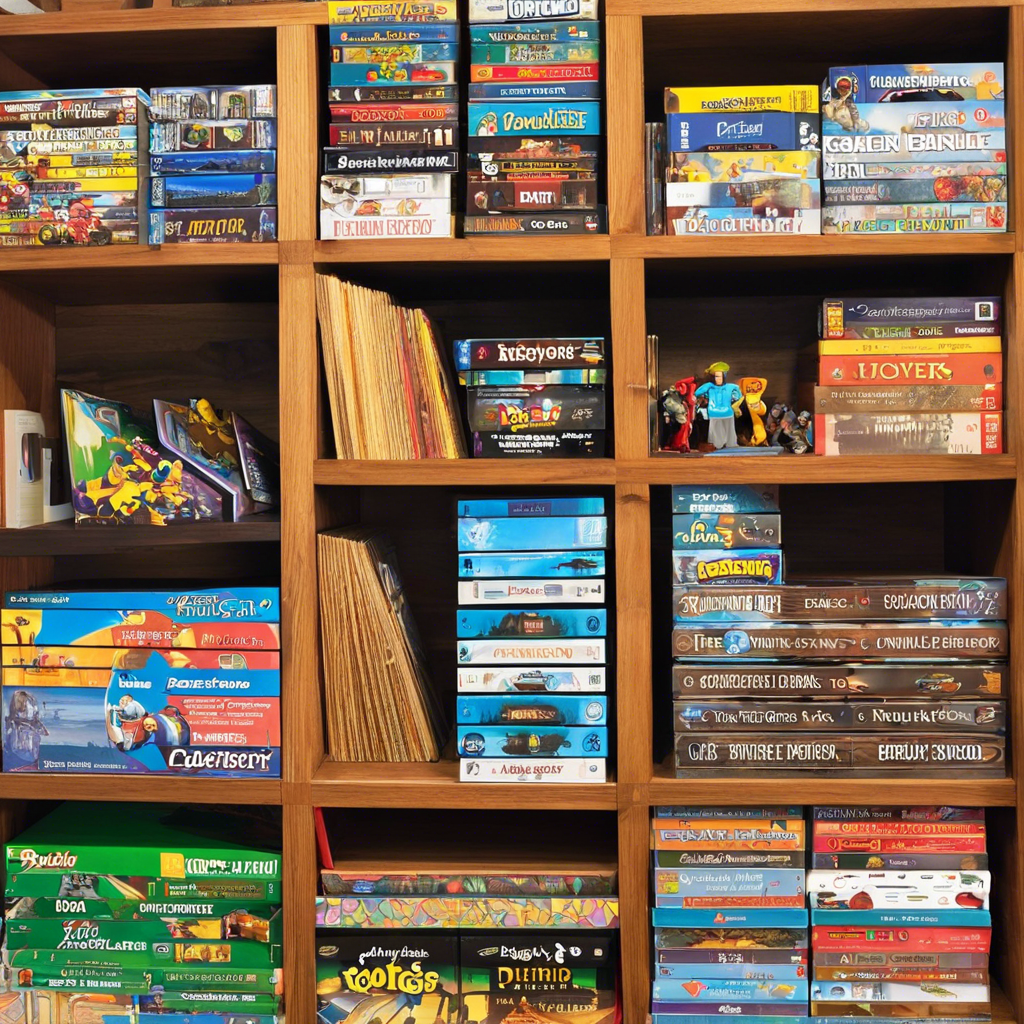Teaching board games to new players can be a rewarding and enjoyable experience for both the teacher and the learners. As a teacher, your role is to act as a friendly guide, creating an environment that is welcoming and conducive to learning. Here are some tips to help you effectively teach board games to new players:
First and foremost, it is essential to set the tone by creating a welcoming and patient learning environment. Be mindful of your body language and tone of voice. Speak clearly and at a pace that is easy to follow. Ensure that your enthusiasm for the game shines through, as this will help engage the players and spark their interest. A positive and patient attitude will go a long way in making the learners feel comfortable and eager to learn.
Begin by providing an overview of the game, including its name, a brief description, and the objective of the game. This will give newcomers a basic understanding of what they are about to play and what they are aiming to achieve. Keep this introduction concise and engaging, as you don’t want to overwhelm them with too much information upfront. A brief overview will also help players understand the context and story of the game, enhancing their overall experience.
Visual aids are incredibly beneficial when teaching board games. Utilize the components of the game to demonstrate the rules and gameplay. For example, if the game involves moving pieces around a board, physically show them how it’s done. This practical approach will make it easier for new players to grasp the concepts and remember the rules. Visual aids also make the learning process more interactive and engaging.
Encourage learners to ask questions throughout the explanation of rules. Be open to clarifying any concerns or confusion they may have. Create an environment where they feel comfortable admitting if they don’t understand something. By addressing questions as they arise, you can prevent misunderstandings and ensure that everyone is on the same page. Remember that everyone learns at a different pace, so be prepared to adapt your teaching style accordingly.



